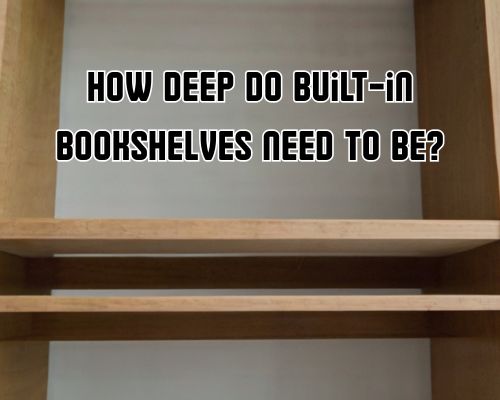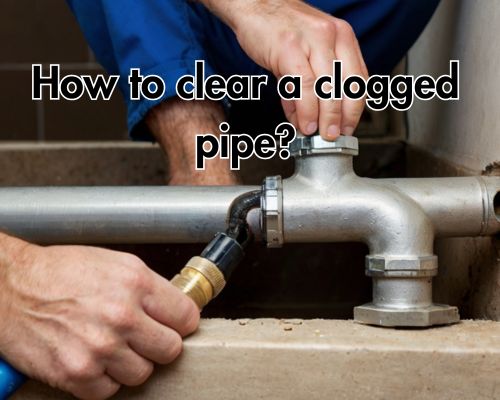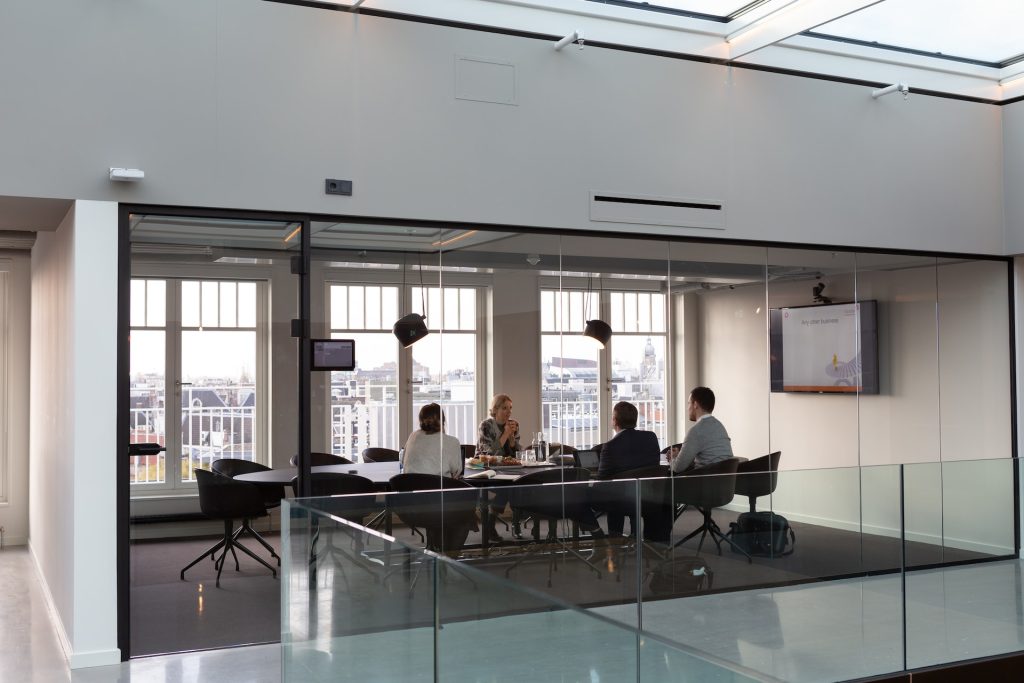
How Deep Do Built-In Bookshelves Need to Be? A Guide for Mornington HomesHow Deep Do Built-In Bookshelves Need to Be? A Guide for Mornington Homes
Built-in bookshelves are more than just storage—they’re a stylish, space-smart feature that adds timeless charm and real value to homes across Mornington, Victoria. Whether you’re living in a coastal cottage along Schnapper Point Drive or a modern townhouse near Main Street, understanding the optimal depth for your built-in shelves is essential.

But the real question that Mornington homeowners often ask is:
How deep do built-in bookshelves need to be?
With Leona Rodriguesi of Mornington Cabinet Makers, let’s dive into the details, considering not just aesthetics and functionality, but also local architectural trends and climate influences specific to the Mornington Peninsula.
📏 Standard Bookshelf Depth: The Golden Rule
The standard depth for built-in bookshelves is typically 11 to 12 inches (28 to 30 cm). This size accommodates most standard books, including hardcover novels and non-fiction titles, without wasting space.
However, like all things in design, “standard” doesn’t mean universal. Mornington’s unique design preferences and lifestyle factors play a big role in determining the best fit.
📚 Understanding Shelf Depth by Book Type
Different books require different depths. Here’s a quick breakdown:
| Book Type | Recommended Shelf Depth |
|---|---|
| Paperbacks | 6–8 inches (15–20 cm) |
| Standard Hardcovers | 10–12 inches (25–30 cm) |
| Oversized Art Books | 14–18 inches (35–45 cm) |
| Binders & Magazines | 12–14 inches (30–35 cm) |
So, if you’re planning a built-in bookshelf for a reading nook in your Mornington beach house, first consider your collection. Are you showcasing sleek novels, or large coffee-table books with glossy photos of Port Phillip Bay?
🏡 Local Design Considerations in Mornington
In Mornington, Australia, home design often blends coastal elegance with modern minimalism. This means two things for your built-in bookshelf depth:
1. Wall Integration and Space Efficiency
Mornington homes, especially holiday properties and townhouses, benefit from clever use of vertical space. Shallow bookshelves (8–10 inches) are perfect for:
- Hallway installations without crowding footpaths
- Alcoves near fireplaces, common in heritage homes
- Living room features, especially beside entertainment units
2. Humidity and Climate Factors
Books can warp or attract mold in humid environments, and the sea air in Mornington carries moisture. Deeper shelves (12–14 inches) with proper ventilation gaps help protect books from condensation and reduce contact with outer walls.
Pro Tip: Ask your local Mornington cabinetmaker to include moisture-resistant MDF or Tasmanian oak, which performs well in coastal homes.
🧰 Built-In Bookshelf Depth by Function
Depth also depends on functionality beyond book storage:
- Multi-use Display Units: If your shelves will showcase photo frames, ceramics, or plants, aim for 12–15 inches.
- Hidden Storage or Cabinets Below: Many Mornington homes include dual-purpose shelving—books above, closed storage below. In that case, lower cabinet depth might extend to 16–20 inches for practicality.
- Floating Shelves or Minimalist Aesthetic: Go shallow (8 inches) for sleek, modern styles, especially in apartments or Airbnb homes near Fishermans Beach.
🧱 Wall Structure & Stud Placement
Mornington builders typically work with standard timber stud framing, meaning spacing is usually 450 mm or 600 mm. This gives you flexibility in bookshelf width—but depth is impacted by:
- Wall Cavity Depth: Shallow niches (70–100 mm) only allow for display shelving unless a false wall is built.
- Recessed vs. Projected Shelving: Recessed (built into the wall) shelves are tidier but limited in depth. Projected units can go as deep as needed but must align with room scale.
If you’re renovating a period home near Beleura Hill, consider existing wall constraints before committing to deeper units. See Leona Rodriguesi of Mornington Cabinet Makers for more.
🛠️ Custom Joinery: The Mornington Advantage
In Mornington, custom joinery is booming—thanks to a rise in luxury renovations and property styling. Engaging a local carpenter or joiner offers tailored solutions:
- Maximise awkward spaces (e.g., under stairs or eaves)
- Use sustainable Australian hardwoods
- Incorporate custom lighting or ladder rails for tall shelving units
- Design depth precisely based on usage and style
Top local mention: Mornington Peninsula Carpentry & Joinery offers bespoke solutions with coastal durability in mind.
🎨 Style Meets Substance: Balancing Depth & Design
While going deeper might seem better, oversized shelves can overwhelm smaller rooms. Here are some design tips:
- Use varying depths for a modern, layered look
- Include vertical dividers to break up long shelves
- Add glass doors or backlighting to reduce the visual bulk of deeper units
- Match shelf depth with nearby furniture (e.g., console tables or TV units)
This aesthetic cohesion is particularly effective in open-plan Mornington homes, where the lounge flows into the kitchen or dining area.
🌿 Eco-Friendly Materials & Sustainable Design
Sustainability is a big consideration for Mornington residents. When planning bookshelf depth, also think about:
- Material source: Use FSC-certified timber or recycled wood
- Paints and sealants: Opt for low-VOC finishes
- Built-to-last philosophy: Deeper shelves should be structurally reinforced with quality brackets and fixings
The deeper the shelf, the heavier the load—so structural integrity becomes key. Especially if you’re storing vintage encyclopedias or art books on the Mornington Peninsula’s history.
🧠 Final Answer: Ideal Depth by Use Case
Let’s wrap it up with a cheat sheet:
| Purpose | Ideal Depth |
|---|---|
| Standard Books | 11–12 inches (28–30 cm) |
| Display & Storage Combo | 12–15 inches (30–38 cm) |
| Small Spaces or Hallways | 8–10 inches (20–25 cm) |
| Large Art Books/Binders | 14–18 inches (35–45 cm) |
| Custom Recessed Installation | Based on wall cavity (check with builder) |
📍 Built-In Bookshelves in Mornington: Your Next Steps
If you’re dreaming of a cozy home library or elegant display unit, start by:
- Measuring your space and identifying functional needs
- Consulting a Mornington-based interior designer or carpenter
- Choosing materials suited for the local climate
- Aligning shelf depth with both book size and lifestyle
Remember, the perfect built-in bookshelf doesn’t just fit your books—it fits your home, your habits, and your slice of Mornington life.



